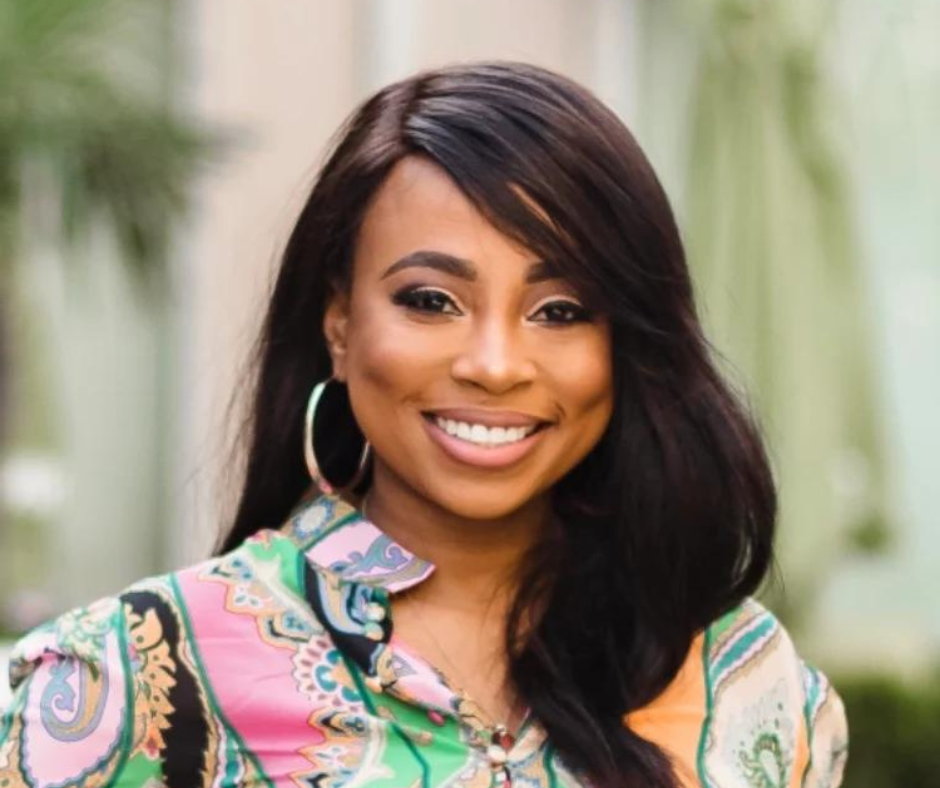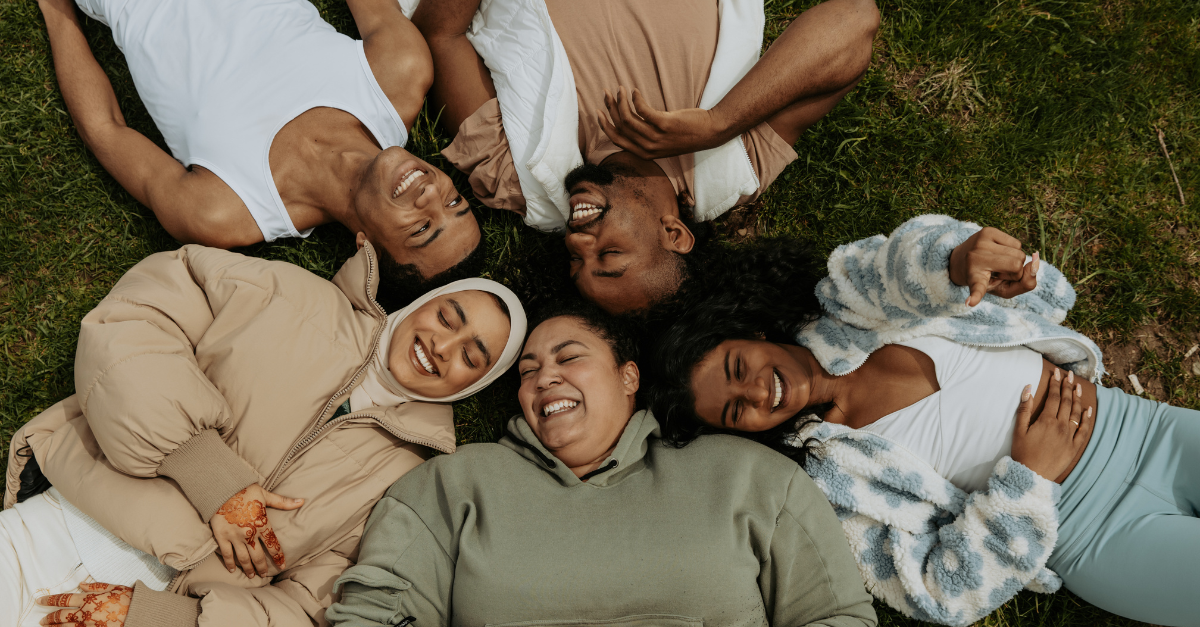Celebrating Black History
The celebration of Black History extends far beyond the month of February. There is daily opportunity to pay tribute to the resilience, profound...
5 min read
Care Solace Jul 31, 2023 7:48:37 AM

By Dr. Chelsi Clark, Director of BIPOC Programming for Charlie Health, a Care Solace Verified Provider
As an African American woman and the Director of BIPOC Programming, it’s my job and my privilege to map the way forward for BIPOC mental health care at Charlie Health’s IOP (Intensive outpatient program). You’re probably well aware that BIPOC kids and young adults experience a disproportionate amount of intergenerational trauma if you’re a mental health professional. For the last year, I have been developing, implementing, and refining a trauma-focused program that is informed by research and infused with love.
Intergenerational trauma is inherited pain. Today’s child or young adult carries the trauma their parents, grandparents, and great-grandparents carried yesterday. And in the case of African Americans, this burden was inherited from our enslaved relatives. In order to facilitate healing and break the cycle of trauma in our clients, the BIPOC curriculum I’m evolving uses a culturally responsive treatment approach.
Many things we see as individual problems are systems problems. For example, a therapist may look at an African American individual and identify trauma. But if that therapist was to look deeper, they’d find family trauma. And that family trauma is part of the larger community’s trauma, due to:
A history of oppression as descendants of slaves. If we look through the lens of the experience of African American men, the sites and systems of historical oppression can be summarized as PPP — plantations, projects, and prisons. Fathers, brothers, and partners have been torn away from us.
Institutional racism, which is guised as “culture” — just the way things are here in the United States. We inadvertently participate in a culture designed to separate and weaken us. Colorism is an example. We might resent our darker skin without realizing where that preference for lighter skin comes from: colonialism and slavery.
Lack of access to treatment. Our communities lack more than grocery stores with fresh produce. They often lack basic health care and mental health care services.
The systems that were controlling us and causing trauma in the past are still controlling us today. And the result is that we are divided from each other and so remain conquered.
Anxiety, anger, depression, PTSD, lack of trust: these are just a few of the symptoms of intergenerational trauma in BIPOC communities. As therapists, we need to be both culturally competent and culturally responsive in order to build trust and work successfully with our BIPOC clients. Here’s the difference between the terms:
Cultural competence is having the right information by integrating facts, policies, and standards about groups of people into our practices.
Cultural responsiveness is the ability to respond to the information appropriately by researching with real clients and responding to their opinions, feedback, and needs in real time.
A culturally responsive therapist pays attention to the needs of their client. But the most important quality of a culturally responsive therapist is the ability to understand their own culture, so they know what they bring to the room. We all have culture, regardless of our ethnicity.
One African American client’s story illustrates the power of culturally responsive mental health care. A therapist was facilitating virtual group therapy and this client wouldn’t show her face on screen. After 6 weeks, the client was put into our new BIPOC program, and she saw that I — an African American woman — was leading the group. She turned on her camera.
It wasn't until the BIPOC space was created that she opened up, was willing to be vulnerable, and began to flourish. It’s important for clients of color to see therapists of color so they feel comfortable, safe, and understood. But these clients also need to see adults of color who've made it through trauma to the other side and achieved health and well-being.
Culturally Responsive Interventions for Intergenerational Trauma
Charlie has an incredible team of BIPOC therapists who have made it to the other side — they make up about 47% of our staff. The national average is only 17%. Our team is constantly adapting and improving interventions, but these 3 interventions are foundational to our program: building community, exposing the system, and bridging the gap.
Begin With Community
In group, we talk a lot about the United States as a collective and the BIPOC community as a whole. Though we have clients of all different races in our program, I remind them that we are a “we.” And we are stronger when we come together and don’t allow ourselves to be divided.
Some of the simplest community-building interventions in their curriculum can be the most powerful. For example, I have clients write out their support plan. I ask them to list who they can rely on along with their phone numbers, addresses, and emails. Clients can then see that support is available and remember that they do belong to someone. I say, “You belong to all of us. And together, we get through this.”
Expose the System
BIPOC clients need to get out of the mindset of trying to keep up with standards put in place by a system that was designed to not help them. We look at institutional racism as it appears in their everyday lives. A corner liquor store is easy to find in their neighborhoods but not fresh vegetables. The cities we live in are built on terrible, polluted land, and there may not be a single hospital nearby. Young Latino and African American boys are likely to be diagnosed with a conduct disorder or behavior disorder; a White boy who presents the same way is likely to be diagnosed with ADHD.
People will tell us the system is broken. But I aim to show them the system was never designed for us. Once they accept that they can stop trying to hit benchmarks that were never meant for them, freedom follows. Suddenly there is space for them. They can be fully who they are.
Bridge the Gap
BIPOC kids and young adults are more open to talking about emotions than their parents, and that can lead to tension and misunderstanding. When young people tell their parents they're depressed, they’re met with a side eye. Their parents and grandparents didn’t have the luxury to think about their feelings because they were in survival mode.
We have conversations in our groups about the best way to bridge these gaps as we all share the goal of trying to exist comfortably. Techniques like these build understanding within ourselves and with each other:
Finding the words to describe feelings. Sometimes clients have trouble finding words, so we learn the vocabulary of feelings together.
Cultivating a sense of belonging. I ask clients what it feels like to belong somewhere, and we explore how they can create more of that feeling.
Identifying personal values. Each client writes their values out on sticky notes and puts those sticky notes in five places in their house. That way, they’re reminded daily of what they said matters to them and check to see if they’re walking in those values.
Being intentional with actions. When we don’t walk in our values, we experience anxiety and depression and discontent. We get a sense of power, control, and autonomy in our lives when we align action with our values.
I also introduce radical self care through the life and work of Angela Davis. It gives me an opportunity to emphasize how important it is for people of color to take time for themselves. Then clients can realize for themselves that self-care is how the magic happens.
Our clients need to see those of us who’ve made it to the other side. We are living proof that the dark days will pass. The generational curses don’t have to break us; instead, we can break the generational curses. When one of us heals, the family can begin to heal. And when the family begins to heal, the community can heal.
I am a strong believer in the power of affirmations, and I share with my clients my own personal mantra and encourage them to adopt it as their own:
I am human. And I am doing the very best I can with this very complicated human experience.
The mantra sums up what the BIPOC program at Charlie Health is all about.
Learn more about Charlie Health’s BIPOC programming.

Director of BIPOC Programming, Charlie Health
Dr. Clark is a licensed psychotherapist, public speaker, and writer who has over fifteen years of experience in working in the mental health field. She is a published author who recently released a CBT-based guided journal for Black girls titled “Magical: A Guided Journal for the Magical Black Girl Navigating Through Her Teen Years.” She was born, raised and currently lives in New Orleans, Louisiana.
.png)
The celebration of Black History extends far beyond the month of February. There is daily opportunity to pay tribute to the resilience, profound...

In preparation for BIPOC Mental Health Awareness Month, we talked with a group of our amazing Care Solace staff members. Each of them is a member of...
.png)
October 15 is Pregnancy and Infant Loss Remembrance Day,* a day that Ashley McDevitt, Care Solace’s Director of Community Resources, and Vivian...